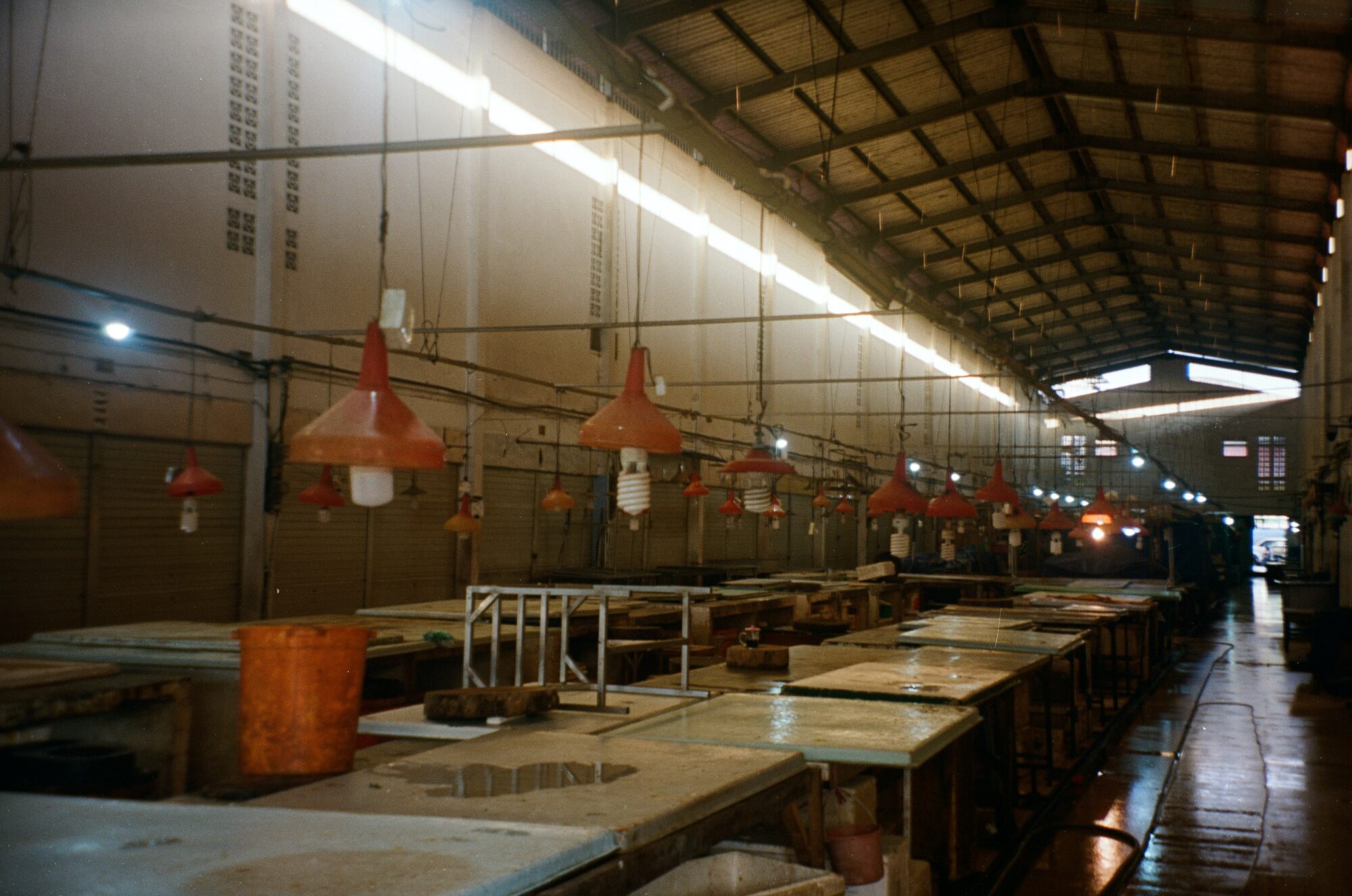
The deindustrialization of Germany is currently underway.
“The numbers are alarming: in the worst case, this is the beginning of deindustrialization,” a recent report from the prestigious Cologne-based German Economic Institute (IW) concluded.
The report is an in-depth look at trends in German industry from 2022.
Falling orders, weak export growth, loss of market share for electric cars, and the outflow of investment are all indications that “the German export model no longer works as well as it used to with increasing protectionism,” according to the report.
More than €135bn of foreign direct investment left the country and only €10.5bn came in, according to the IW, a slump of €125 billion.
Citing data from the OECD, the report called it a record loss. The numbers coincide, too, with figures published in April by the Bundesbank, which also calculated that investment flight had reached historic highs in 2022.
The chemical and metallurgical industries, which are both high-energy consumers and pillars of the German economy, were among the sectors that chose to move production plants abroad because of the increase in the cost of energy and uncertainty about supplies.
But the main factor for relocating outside Germany was the shortage of skilled workers and high labor costs, which 76% of industrial companies surveyed in the report mentioned as the main obstacles to doing business in Germany. High energy prices and an excessive bureaucratic burden were additional reasons.
“Investment conditions in Germany have recently deteriorated again due to high energy prices and the growing shortage of skilled workers,” explained IW economist Christian Rusche.
He also blamed the German government for much of the situation, saying the problems were “home-made, including high corporate taxes, excessive bureaucracy and an ailing infrastructure.”
“The federal government urgently needs to take countermeasures to ensure that Germany becomes the first address for foreign investments again in the future,” Rusche said.
Most of the German production that exited the country landed in other parts of the continent.
“It’s particularly alarming that investments by European neighbours have collapsed,” the report said, noting 70% of the outbound investment by German companies went to other European countries.
The U.S. also incentivized industry to pull out of Germany through its economic recovery plan, the Inflation Reduction Act, which offers generous subsidies designed to lure industry across the Atlantic.
Germany is also losing out on EU pandemic recovery funds, according to the report, with most of the money going to harder-hit economies such as Italy and Spain, which are using them to attract business from elsewhere in Europe. Volkswagen-SEAT, for example, has been negotiating with the Spanish government to capture hundreds of millions of euros to build one of the biggest electric car battery factories in Europe in the region of Valencia.
In the country itself, production has also slowed due to a lack of demand. Industrial orders fell unexpectedly in April by 0.4%, according to the Federal Statistical Office, after a 10.9% drop in March. Analysts had hoped for a better recovery but instead, April industrial orders fell by 9.9% year-on-year.
A recent poll shows the AfD has moved ahead of SPD in the northeast region of Mecklenburg-Western Pomerania. If elections were held on Sunday, the socialist party would lose to the conservative party by 2 percentage points. The win is narrow but significant as the region is a historic stronghold for the socialist party and shows that the AfD’s rise is expanding geographically.
Even more significantly, the AfD’s growth has corresponded to Germany’s degrowth in terms of industrial productivity.
